I have been producing a number of new episodes for the Learning Summit Podcast. The latest episodes are focussed on remote education and remote communication.
Using Video Messages to Run a Business
Screencasts for Customer Support
I have been producing a number of new episodes for the Learning Summit Podcast. The latest episodes are focussed on remote education and remote communication.
Using Video Messages to Run a Business
Screencasts for Customer Support
Twitter has just released audio tweets for iOS. This is a fantastic development with all the complaints about fake news and fake reviews we will now get to hear people’s authentic voice. Of course, if you use Android or you’re on the web you will have to wait as the release is only for iOS.
Don’t worry if you want to get started with audio tweets there is another way. Android users and people on the web can record your voice notes on Sound Branch and re-share back on Twitter. When you reshare your voice note your Tweets will autoplay as Twitter cards. Best of all if you are a brand you can get your very own white-labelled Sound Branch site where you can share branded audio tweets on Twitter. All audio tweets are transcribed using Sound Branch making tweeting quick and easy.
Sound Branch not only allows you to produce audio tweets but you can create podcasts from your voice notes via playlists. Sound Branch is also available on Alexa, Google Assistant for smart speaker voice experiences.
This is a new chapter in Twitter’s story. It will be interesting to see how widely audio tweets get adopted. You can’t reply with audio tweets at present and some users might find it difficult switching between audio and text. Overall I think it will make Twitter more human and you can fit a lot more information into as 140-second audio clip than you can a 280 characters tweet.
Learn more about Sound Branch by getting your free account here or download the mobile apps for iOS and Android.
Watch my interview with Sharon Lewis on How to Audio Tweet on Twitter
| New #SeanInTheShed Series 1 Watch 18 Episodes on LinkedIn #SeanInTheShed is a new daily business talk show started during the lockdown |
| Coaching Sean talks to Antony Cockle about Organisational Development |
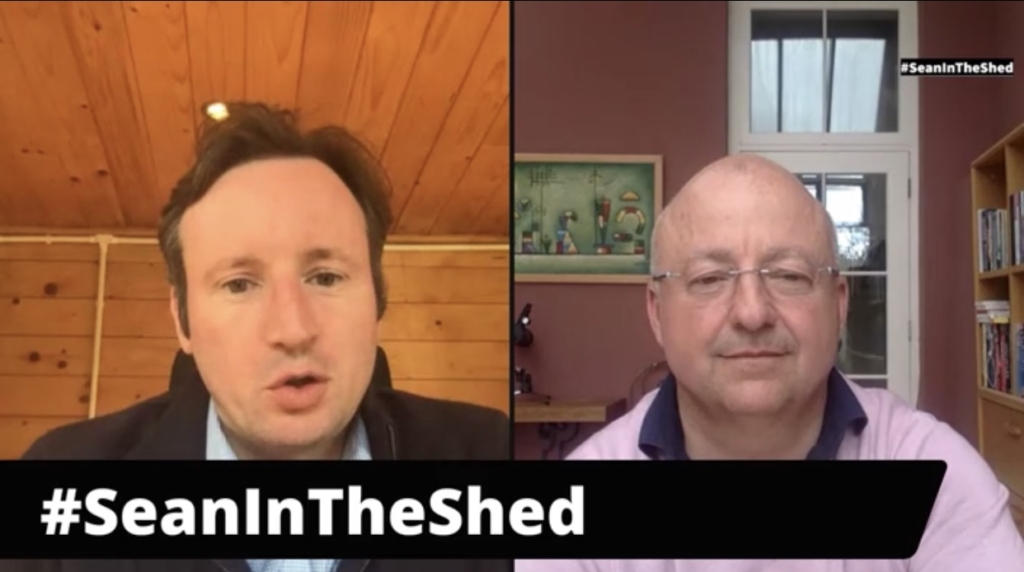
| Social Media Sean talks to Alex McCann about Social Media |
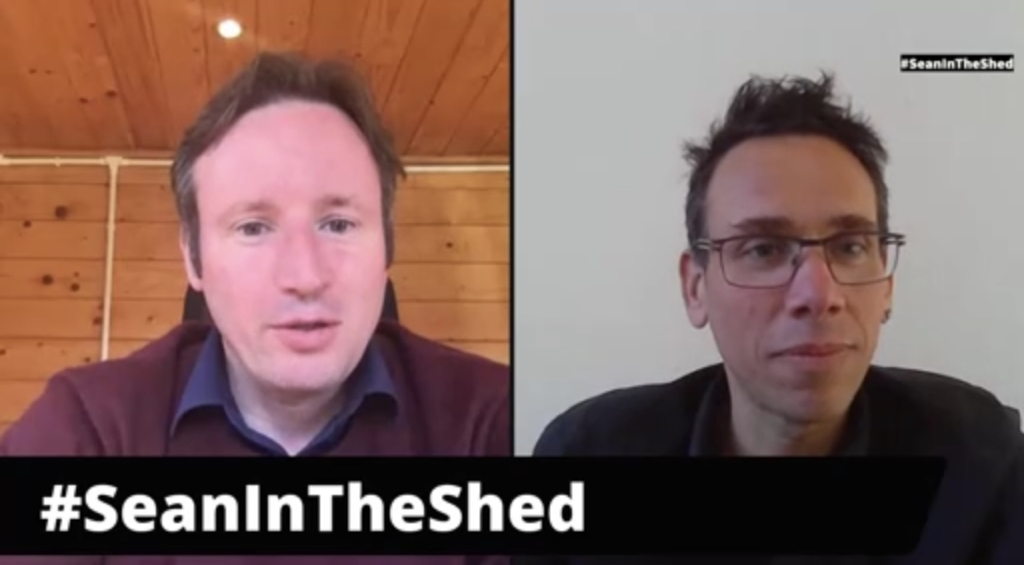
| Finance Sean talks to Simon Palmer about the Financial Landscape |

| Sales Strategy Sean talks to Steve Crow about Sales & Marketing Strategy |
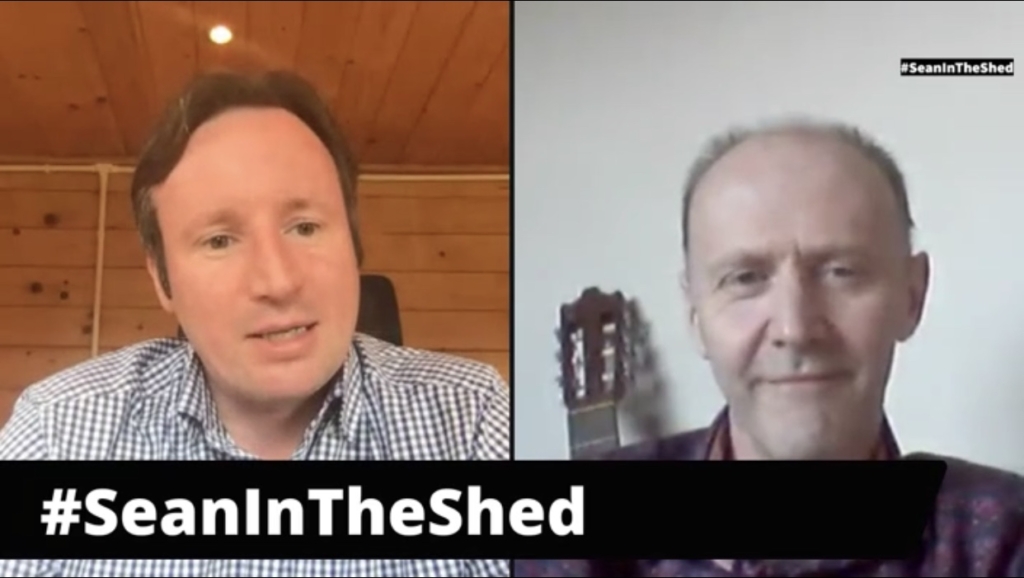
| Silicon Valley Sean talks to Richard Kil about Silicon Valley |
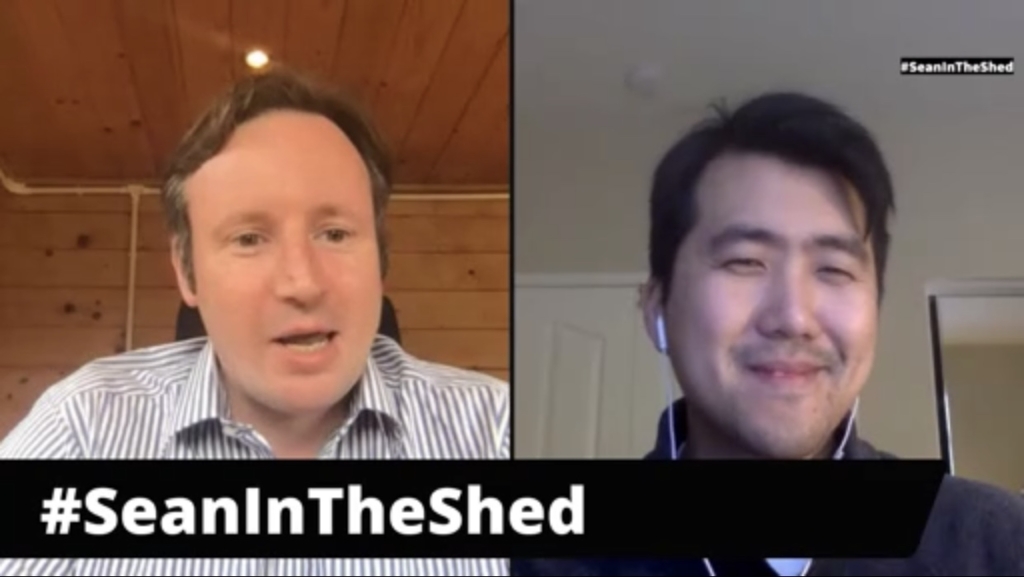
| Tax & Risk Sean talks to Andy Wood about Tax Planning and Managing Risk |
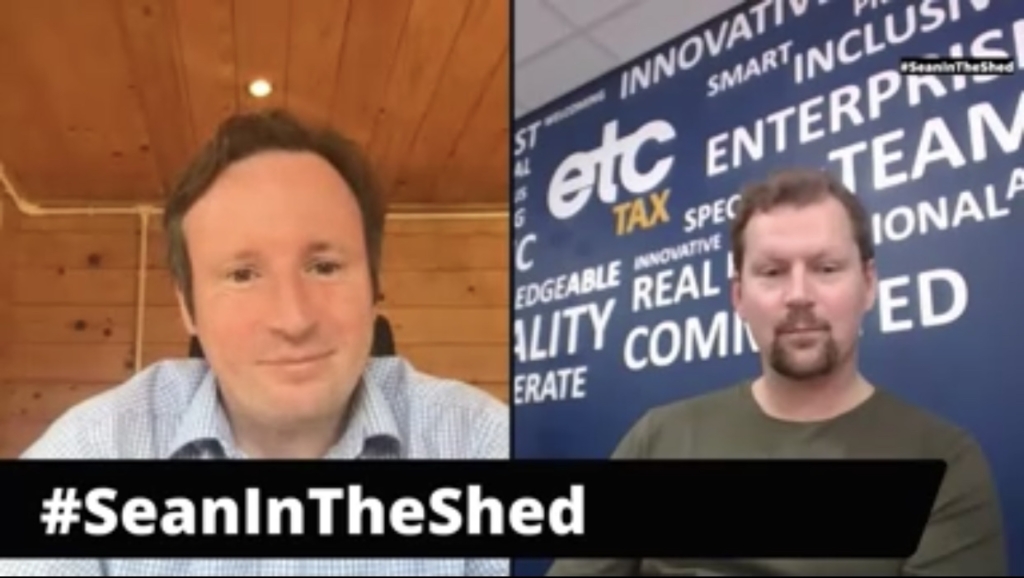
| Marketing Sean talks to Pete Coates about Online Marketing |
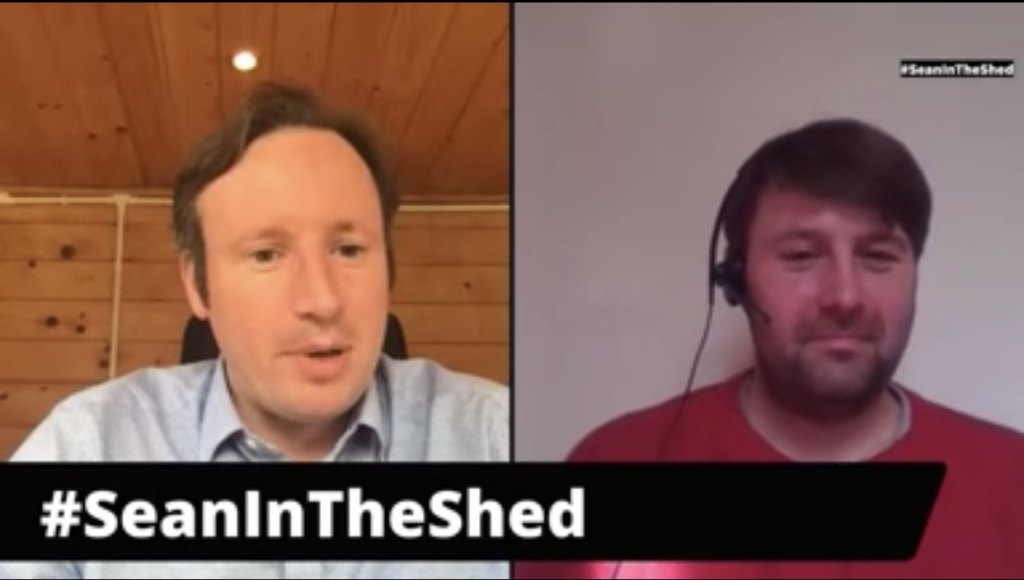
| Events Sean talks to Pete Erikson about Events Management |
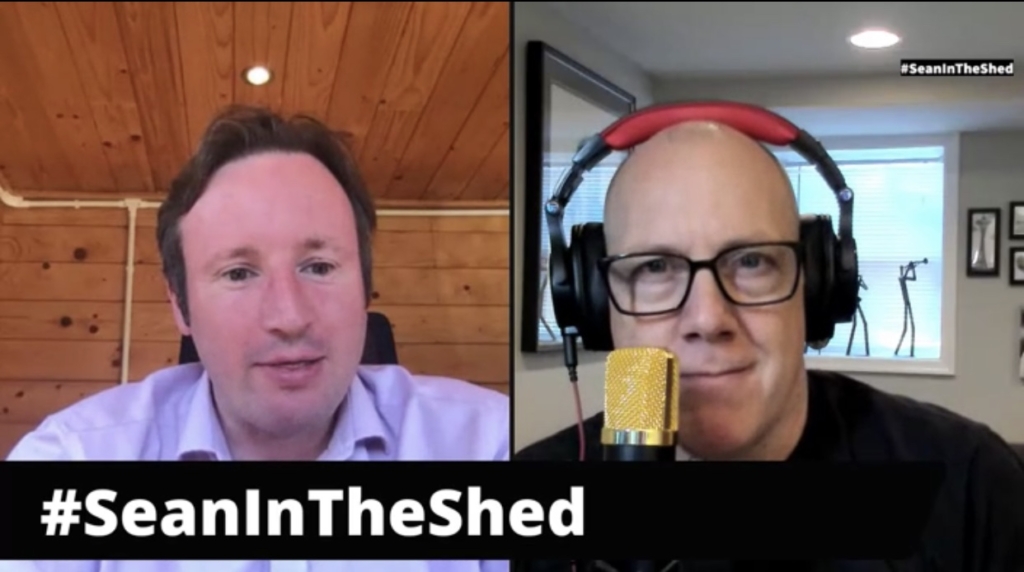
| IPO Sean talks to Jonathan Straight about Floating on the Stock Market and to James Poulter about Voice Technology |
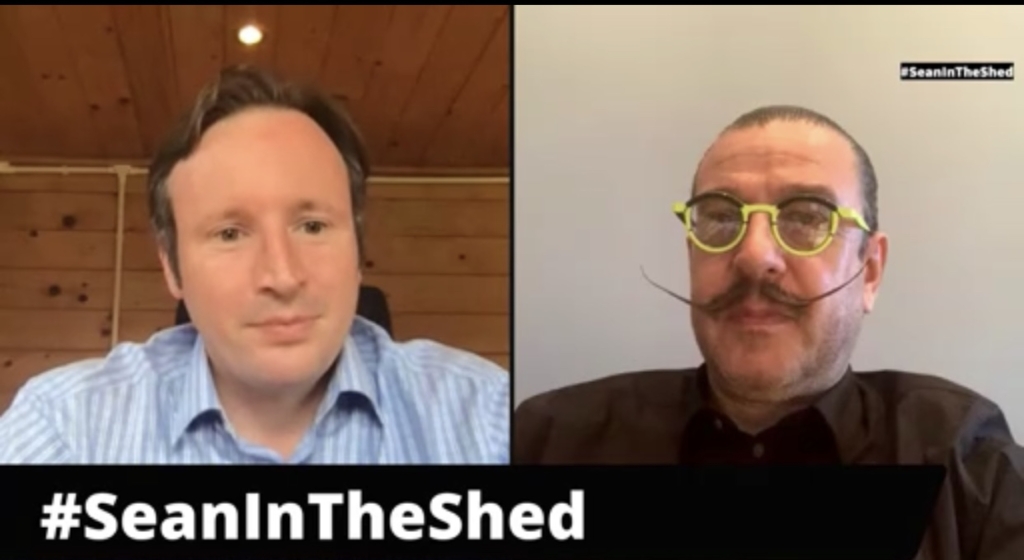
| International Sean talks to Simon Bedford about International Business |
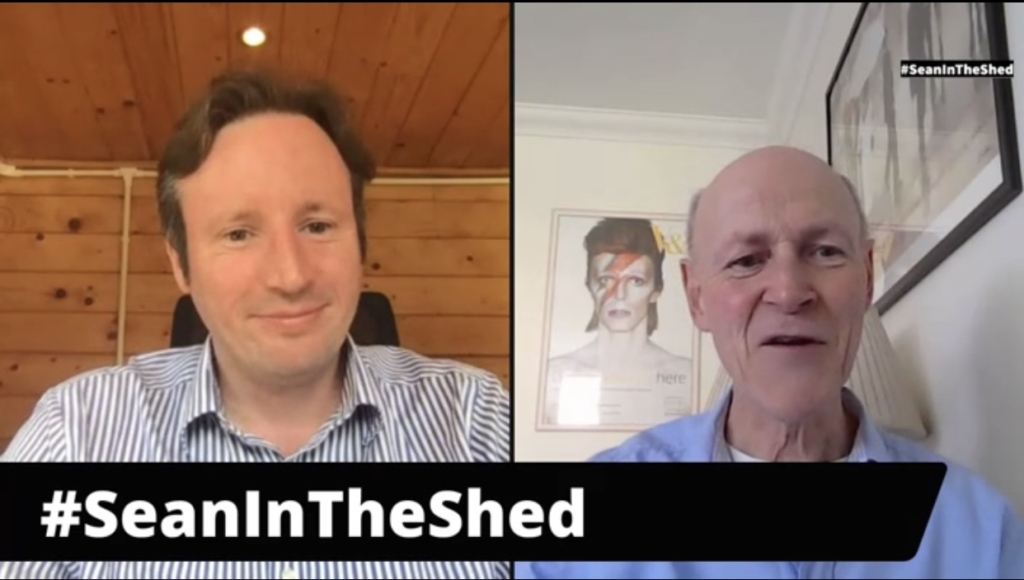
| Sales Coaching Sean talks to Nijar Kapur about Sales Coaching |

| Self Development Sean talks to Bianca Best about Self Development and Phil McKeith about eCommerce |
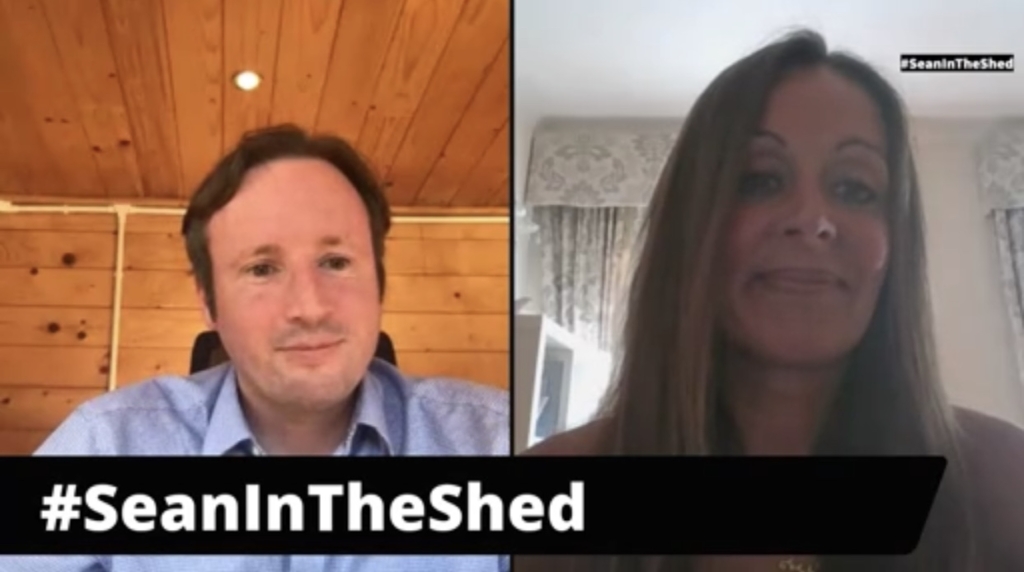
| Mentoring Sean talks to Victoria Tomlinson about Mentoring |
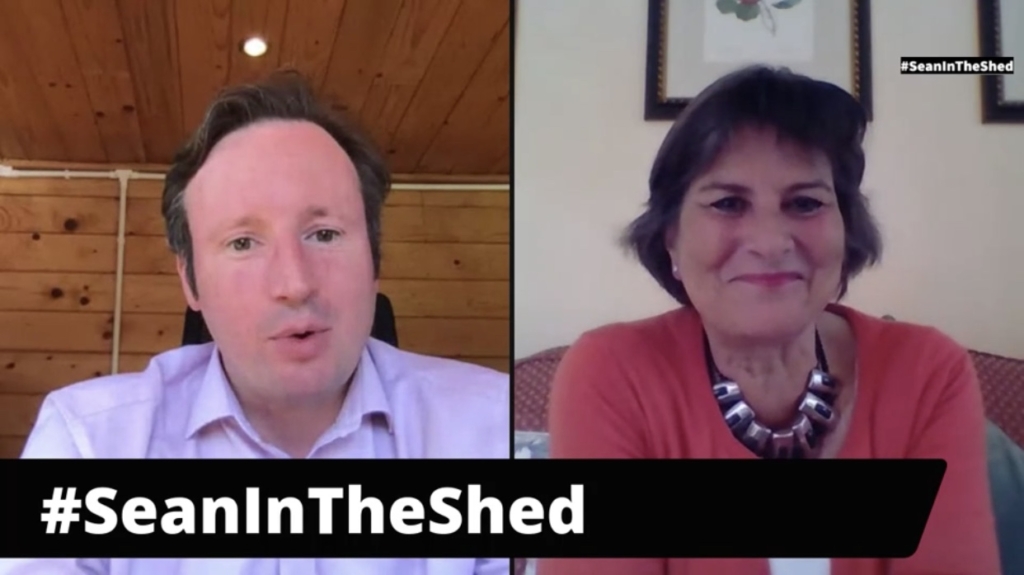
| Legal Issues Sean talks to Gareth Yates about Legal Issues |
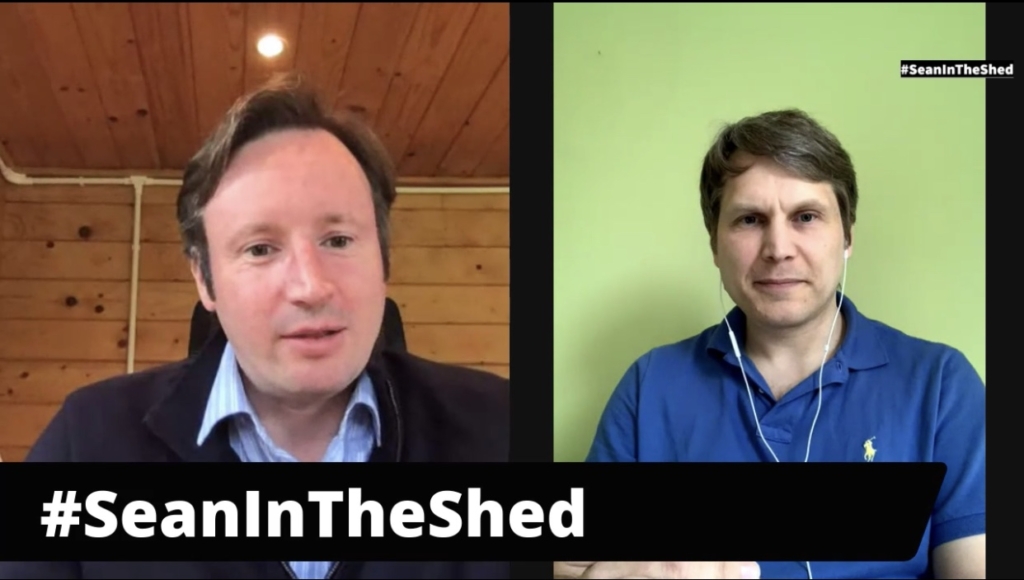
| Technology Innovation Sean talks to Howard Tullman about Technology Innovation and Start Ups |
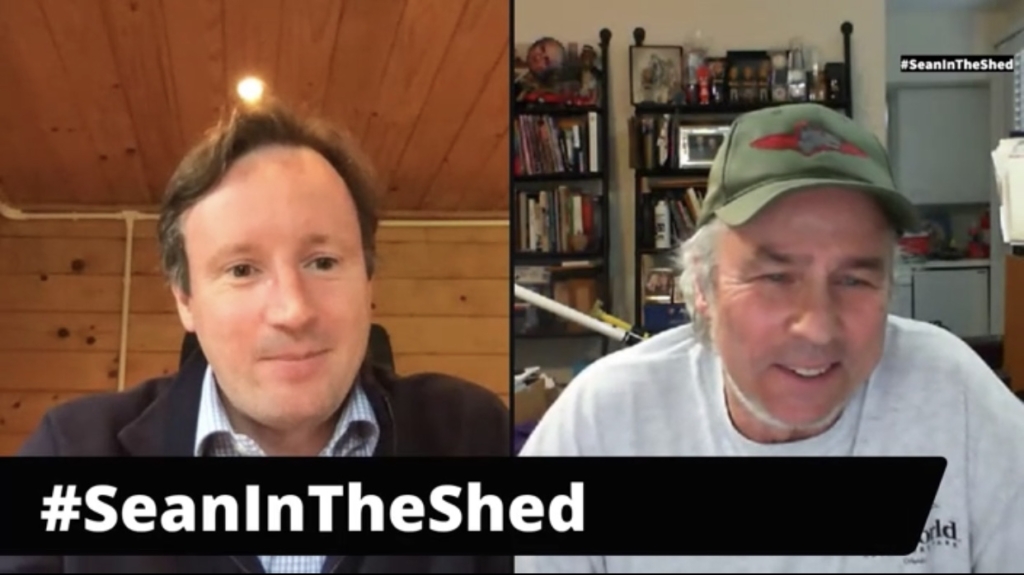
| If you would like to be a guest on #SeanInTheShed we go live daily at (BST) 4.30pm and warm up at 4pm. Please direct message me on LinkedIn. |
| I hope you enjoy watching. |
Following the coronavirus and everybody working remotely I now work out of my garden shed. If social distancing had not been introduced then #SeanInTheShed a business talk show wouldn’t exist. It’s one of the small ways we can turn this crisis into small positive actions.
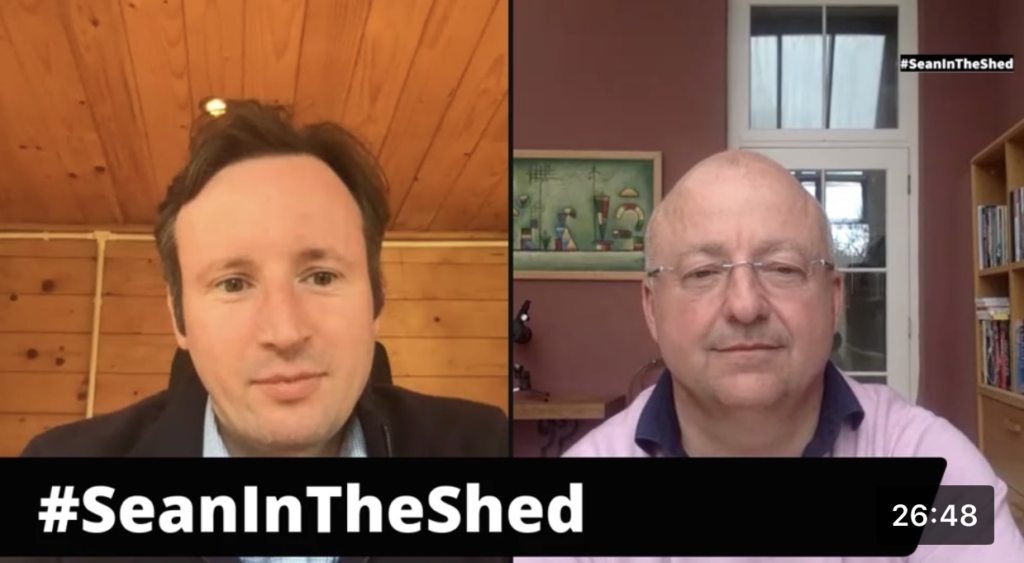
We go live at 4:30 pm every day of the working week. We start off by talking about the interviewee and how they started their career, then about their business followed by how they are coping with the coronavirus crisis and any advice they would give.
Having published my own book “Flexible” about five years ago I was able to get Beta access to LinkedIn live. I either had to use it or lose it and so I decided to get started.
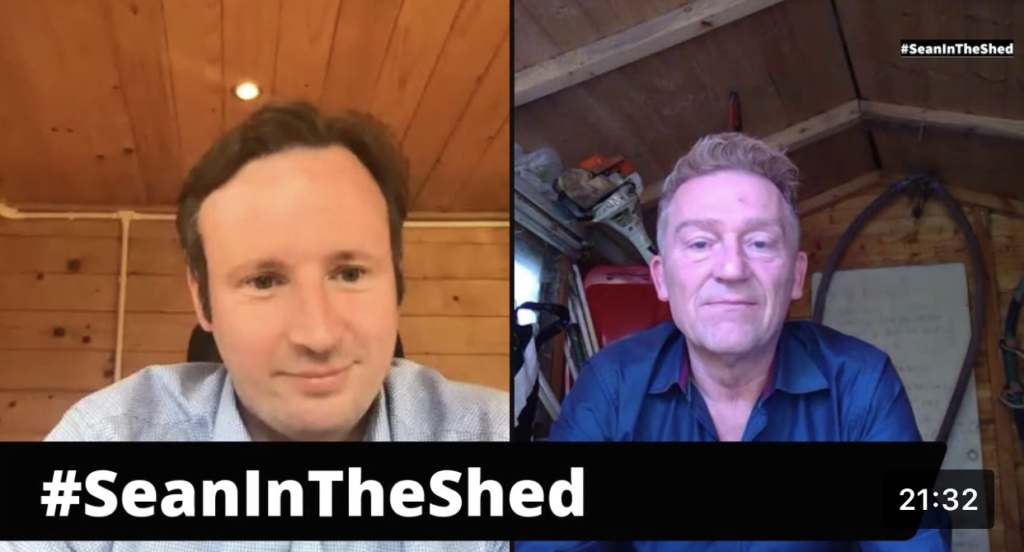
#SeanInTheShed has made me become a better listener. I’m also learning a lot along the way and making some fantastic business connections which might be mutually beneficial in the future. It’s also good to reconnect with people I’ve known over the years.
#SeanInTheShed broadcasts on a daily basis on LinkedIn LIVE.
Visit my page on LinkedIn to see the archive of #SeanInTheShed footage
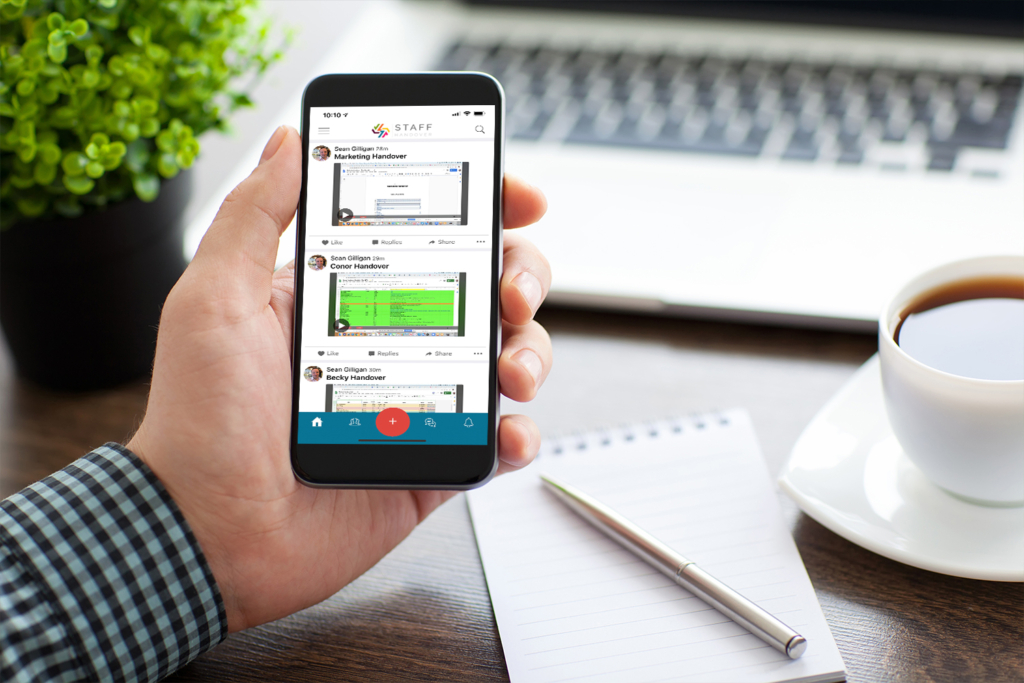
The way we do business is changing. Phones are becoming redundant from desks. Less people are doing the daily commute to the office as home work becomes more widely accepted. In marketing it use to be about position, placement and price. It’s now about building community, creating content, collaborating and conversations.
With this in mind the business tools we use on a daily basis need to measure up to these changing needs. Employees need to start creating content in communities with customers. The lower value information can be gained on demand at the point of need. Live video calls can then be used for the higher value interactions.
Watch and Learn is a catalyst to all this. Meeting face to face is important but what happens before and after? Take an annual event there is a spike of interest and then conversations die down. People might connect on LinkedIn or email and arrange follow up meetings. However this is only a small fraction of the total potential when it comes to conversations. Indeed at these events there is no smart matching of individuals to enable partnerships or customer transactions.
Watch and Learn builds rich communities which harvest people’s voices and videos making interactions feel more human. This gets away from the sea of emails which don’t build lasting relationships.
Private groups, timelines, playlists, profiles, direct messages allow for content creation, collaboration and conversations. Building community is the new smartest way to do business. It is more targeted, more convenient and a richer experience. Traditional phone calls after all are being replaced by video calls. The truth is we have to keep switching tools from video conferencing software, to email, to CRM and chat apps.
Watch and Learn is one platform where you can build community just in time or in real time. You communicate to people using their preferred method of contact be it text messages, voice messages, video calls, screencasts or live video calls.

Activating all of this leads to a more enjoyable and memorable business culture. Everything is transparent and relationships are built with full accountability and responsibility. There is no he said she said and it’s like a gold fish bowl with clear water. Most businesses are currently operating in an opaque world. Even if an organisation is open and transparent in outlook their systems don’t give this level of transparency all in one place. We all watch Netflix or Amazon Prime at home why can’t we watch more videos in the workplace?
Learn more at